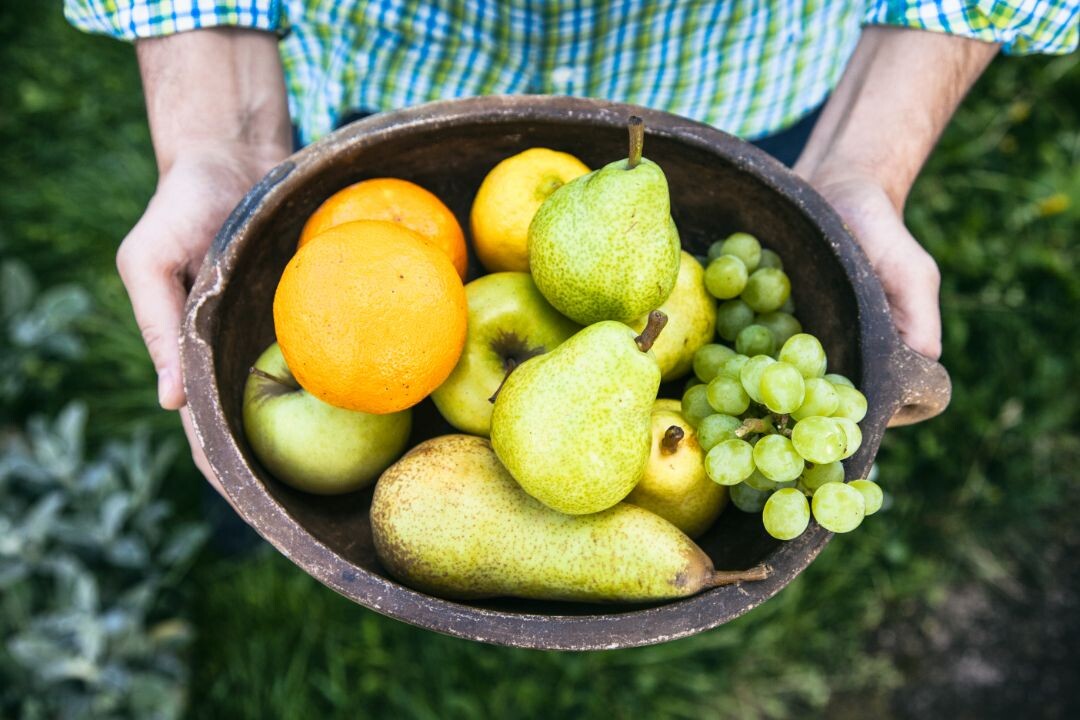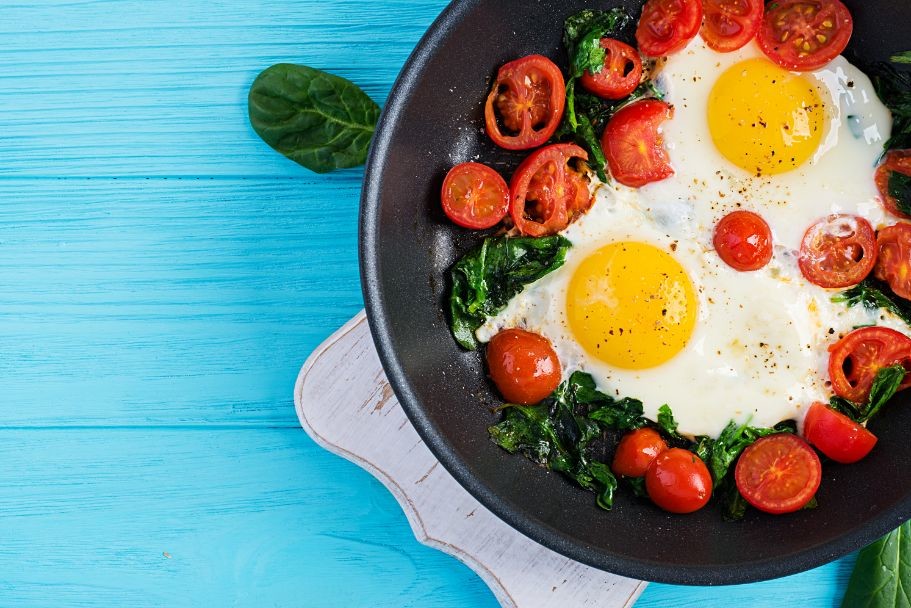Most people have a terrible misconception regarding the word ‘diet.’ In reality, it does not necessarily refer to a specific dietary regime but refers to a person’s regular dietary routine.
The Keto diet has become quite famous amongst fitness enthusiasts and people who are looking to lose weight fast. This kind of diet usually restricts carbohydrate intake and focuses on fat and protein intake.
Usually, every diet follows one fundamental rule: calorie in, calorie out. This can also be called a calorie deficit process.
Since Keto cuts out on a large amount of nutrients, you need to make the most of what is available to you. You also need to be very careful with your transition into the diet so you don’t put your health at risk. To make the process easier on your body, you can start with a Lazy Keto diet– a more flexible and relaxed version of the clean Keto diet. It’s great for beginners because it does not require counting macros or eating only certain types of food. Regardless of which version of the diet you decide to start, one of the essential nutrients that you need to consume is fiber.
If you are interested in trying out Keto or you’re simply looking into it, this article can help you.
Here, we will talk about fiber, why it is crucial for your body during a Keto diet, and which fibrous foods you should focus on.
What is Fiber?

Simply put, fiber is a kind of carbohydrate that is not innately present in our body. We have to consume it from external sources.
In the setting of a keto diet, fibers are quite a controversy amongst experts since, ultimately, it is nothing but a piece of carbohydrate. Therefore, we will be illustrating how we can utilize fiber while staying on a Keto diet.
This element is different from the most common carbohydrates because our body doesn’t have the kind of enzymes to disintegrate it, so the body becomes unable to soak it up as glucose.
Fibers can be divided into two parts- soluble fiber and insoluble fiber. The former flows through the body while absorbing water, so you feel full; the latter helps your digestive system stay on track.
How is Fiber impactful to the body during the Keto diet?
The Ketogenic diet has become so popular today of its exceptional capabilities of helping you shed some kilos within a relatively short period.
It focuses on receiving most of the calories from carbohydrates (75%), a little lesser from protein (15%-20%), and a tiny portion from carbohydrate (5%-10%). The principal target here is to lower the carbohydrate intake and replace the glucose as a fundamental fuel with fat or ketones.
The keto diet rearranges the metabolic nutrition division for this transition to take place smoothly. This form of diet was initially designed to treat epilepsy or neurodegenerative diseases. However, it has proved to be extremely helpful for people struggling with diabetes, chronic or inflammatory conditions, or even metabolic disorders.
Fiber usually has the following benefits while consumed during a ketogenic diet:
- Lowers blood pressure
- Lowers blood sugar level
- Works on improving digestion
- Keeps sugar cravings in control
- Maintains the microbiome
- Reduces inflammation
This is, of course, followed by several metabolic benefits.
Fibrous foods that you can have during your Keto diet?

We will talk about a few fruits or food items that are loaded with fibers and can be consumed during a keto diet:
- Avocado: A lot of people prefer to include it in a low carb salad, but you can also make an avocado smoothie and side it with your breakfast.
- Chia seeds: Since they do not have a taste of their own, they can be sprinkled on an egg salad, or it can also be added into a smoothie.
- Almonds: Almonds are a great source of fiber as well as protein. You can have a couple of almonds in your breakfast, or you can add it to your lunch.
However, if you find it difficult to adjust the adequate fiber levels in your daily food consumption, you can also avail of some of the best fiber pills and powder for low carb and keto diet.

